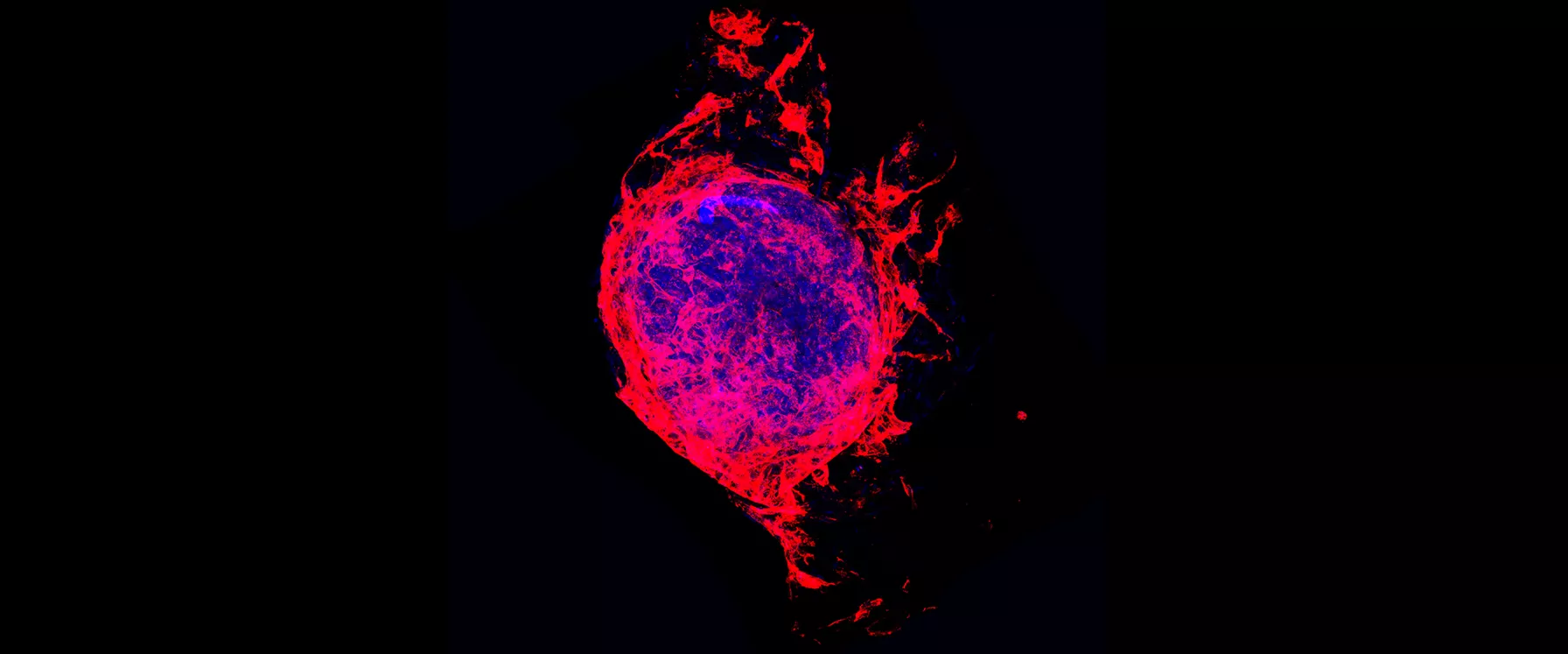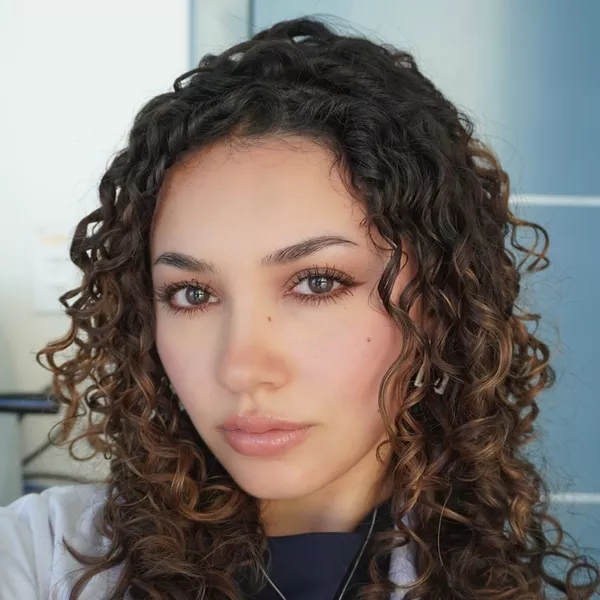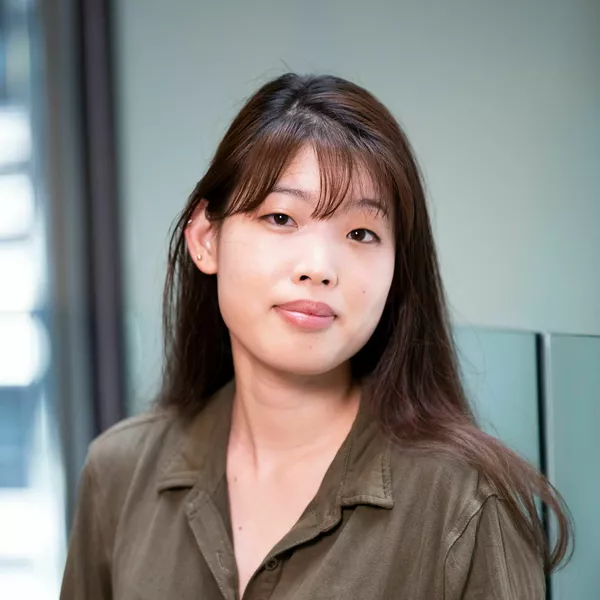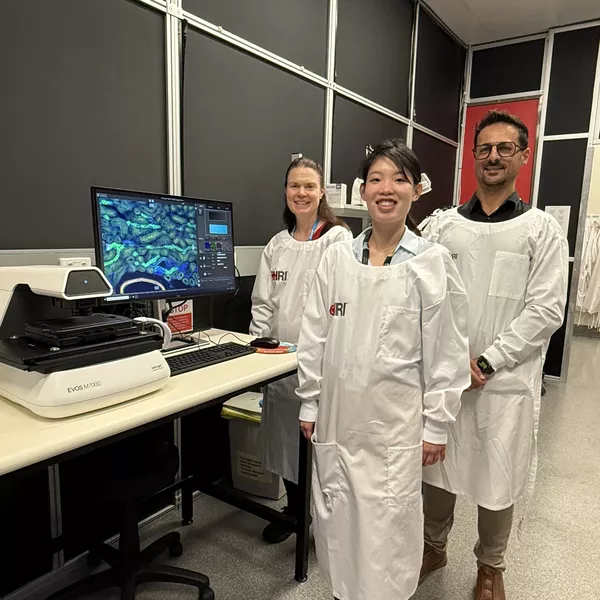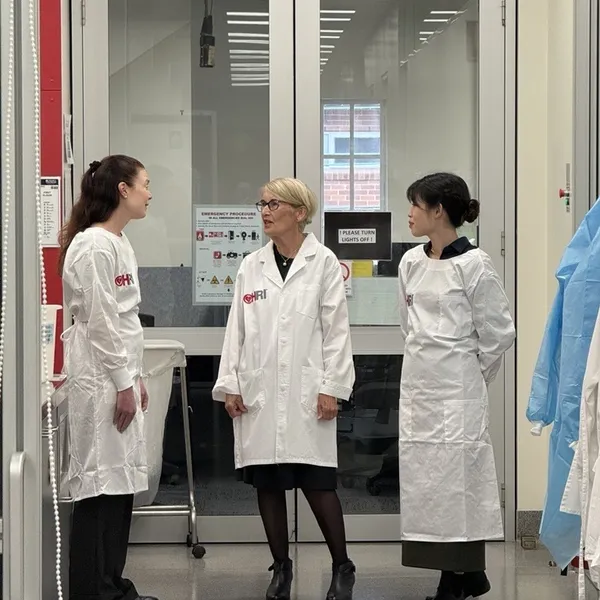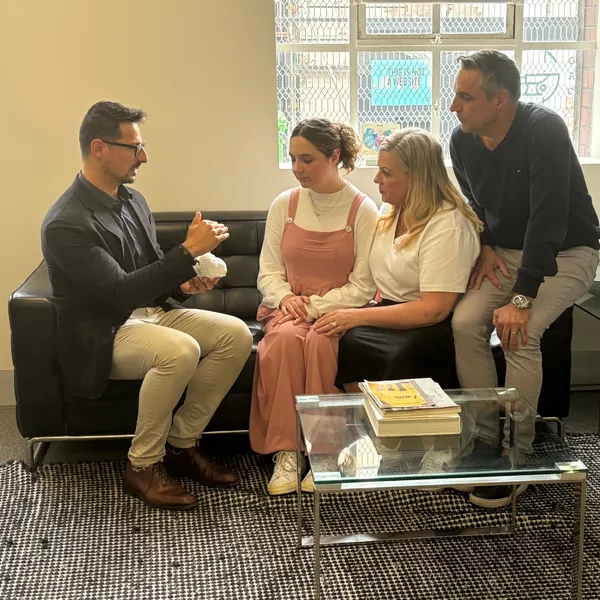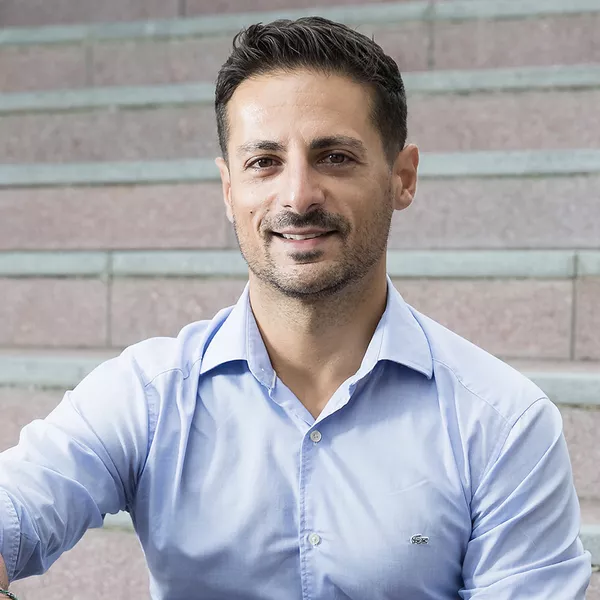
Selected publications
Vettori, L., … Gentile, C., “Silk fibroin increases the elasticity of alginate-gelatin hydrogels and regulates cardiac cell contractile function in cardiac bioinks”, Biofabrication 2024 16 (3) 035025 (Q1, IF = 11.061) DOI 10.1088/1758-5090/ad4f1b
Liu Chung Ming, C., … Gentile, C., “Protective Role of Acetylcholine and the Cholinergic System in the Injured Heart.”, iScience, 2024 (27) 9, 110726 (Q1, IF = 4.6) DOI: https://doi.org/10.1016/j.isci.2024.110726
Tarsitano, M., … Gentile, C., “Chlorella-enriched hydrogels protect against myocardial damage and reactive oxygen species production in an in vitro ischemia/reperfusion model using cardiac spheroids”, Biofabrication 2024 17 (1), 015006 DOI 10.1088/1758-5090/ad8266
Liu Chung Ming, C., … Gentile, C., McClements, L. “3D in vitro Modelling of Post-Partum Cardiovascular Health reveals Unique Characteristics and Signatures following Hypertensive Disorders in Pregnancy”, Biology of Sex Differences, 2024, 15 (1), 94
Tarsitano, M., … Gentile, C., “Sericin Improves Alginate-Gelatin Hydrogels’ Mechanical Properties, Porosity, Durability and Viability of Fibroblasts in Cardiac Spheroids”, International Journal of Bioprinting 2024 11 (1), 327-346
Gentile, C., Polonchuk, L., Kruszynski, C., “Vascularized cardiac spheroids for drug testing” Wiley Analytical Science, 2023 (4) https://analyticalscience.wiley.com/do/10.1002/was.0019000123
Roche, C., … Gentile, C., “3D bioprinted alginate-gelatin hydrogel patches containing cardiac spheroids recover heart function in a mouse model of myocardial infarction” Bioprinting, 2023 30, e00263
Sharma, P., … Gentile, C., “In vitro modeling of myocardial ischemia/reperfusion injury with murine or human 3D cardiac spheroids” STAR Protocols, 2022 3 (4), 101751
Matthews, N., …, Gentile, C., “Taking It Personally: 3D Bioprinting a Patient-Specific Cardiac Patch for the Treatment of Heart Failure” Bioengineering, 2022 9 (3), 93
Roche, C., … Gentile, C., “Cardiac Patch Transplantation Instruments for Robotic Minimally Invasive Cardiac Surgery: Initial Proof-of-concept Designs and Surgery in a Porcine Cadaver” Frontiers in Robotics and AI, 2022, 8, 714356
Sharma, P., … Gentile, C., “Biofabrication of advanced in vitro 3D models to study ischaemic and doxorubicin-induced myocardial damage”, Biofabrication 2022, 14, 025003
Polonchuk, L., … Gentile, C., “Towards engineering heart tissues from bioprinted cardiac spheroids”, Biofabrication, 2021, 13 (4), 045009
Sharma, S., Wang, X., Ming, C.L.C., Vettori, L., Figtree, G., Boyle, A., Gentile, G. “Considerations for the Bioengineering of Advanced Cardiac In Vitro Models of Myocardial Infarction” Invited submission for Special Issue titled Advanced In Vitro Models for Replacement of Animal Experiments, Small, 2021 17 (15), 2170067 https://onlinelibrary.wiley.com/doi/abs/10.1002/smll.202170067
Roche, C.D., Brereton, R.J.L., Ashton, A.W., Jackson, C, Gentile, C. “Current challenges in three-dimensional bioprinting heart tissues for cardiac surgery” Eur J Cardiothorac Surg 2020 Sep 1;58(3):500-510.
Polonchuk, L., Chabria, M., Badi, L., Hoflack, J.C., Figtree, G., M., Davies, M.J., Gentile, C. “Cardiac spheroids as promising in vitro models to study the human heart microenvironment”, Scientific Reports 2017 7 (1), 7005.
Visconti RP, Kasyanov V, Gentile C, Zhang J, Markwald RR, Mironov V. “Towards organ printing: engineering an intra-organ branched vascular tree”, Expert Opin Biol Ther. 2010 Mar;10(3):409-20.
